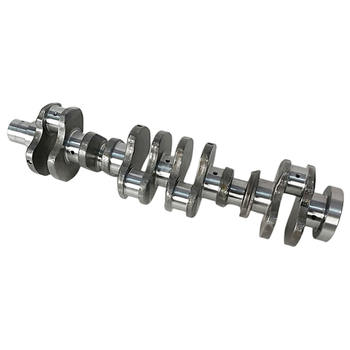The Dawn of Crankshaft Sealing: Rope and Leather
Believe it or not, early engines used ropes and leather as crankshaft seals. These rudimentary materials provided a basic barrier against oil leakage and contamination. However, their effectiveness was limited due to wear, degradation, and poor sealing capabilities.
The Rise of Mechanical Seals
As engines became more sophisticated, the need for better sealing solutions grew. This led to the development of mechanical seals, which utilized metal-to-metal or metal-to-elastomer contacts to create a tight seal. These designs significantly improved sealing performance and longevity compared to their rope and leather predecessors.
The Era of Lip Seals
Lip seals emerged as a popular choice for crankshaft applications due to their simplicity and effectiveness. These seals employ a flexible lip that presses against the shaft, forming a seal that prevents oil leakage while allowing for minor shaft movement. Despite their widespread use, lip seals can still experience wear and failure under extreme conditions.
The Advent of Advanced Sealing Materials
Modern crankshaft sealing technology has seen remarkable advancements in materials science. Today's seals are made from high-performance elastomers, polymers, and composites that offer superior resistance to heat, chemicals, and wear. These materials enable seals to withstand harsh operating environments and extend service life.
The Future of Crankshaft Sealing Technology
As engines continue to evolve, so too will crankshaft sealing technology. Researchers are exploring new materials, designs, and manufacturing techniques to further improve sealing performance, reduce friction, and enhance durability. Some promising developments include self-healing materials, active seal systems, and nanotechnology-enhanced coatings.
Practical Applications and Recommendations
Conclusion
The evolution of crankshaft sealing technology is a testament to human ingenuity and innovation. From humble beginnings with rope and leather seals to cutting-edge materials and designs, these advancements have played a crucial role in enhancing engine performance, efficiency, and reliability. As engines continue to push the boundaries of what's possible, we can expect crankshaft sealing technology to follow suit, delivering even greater benefits for years to come.




